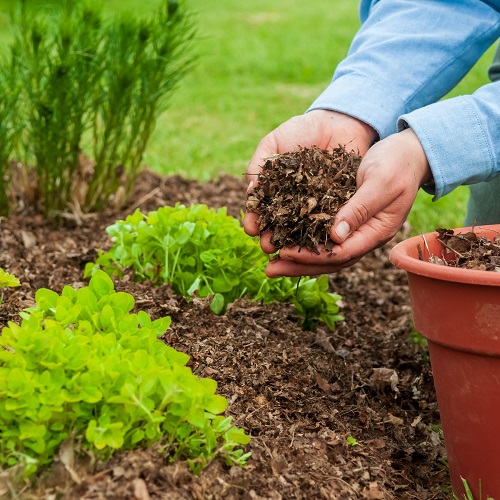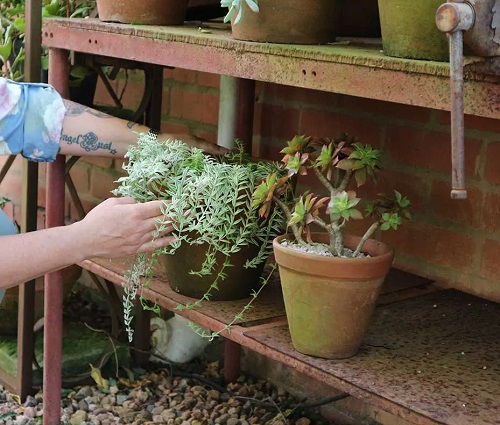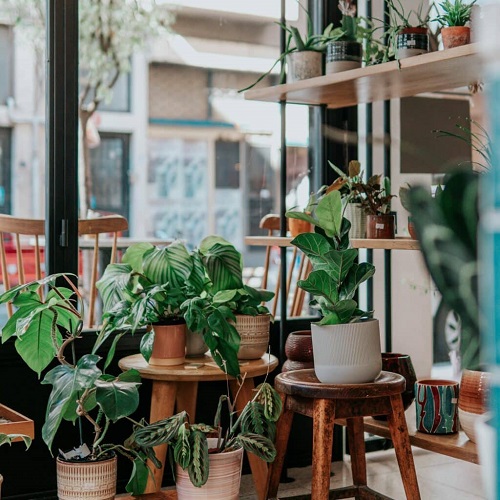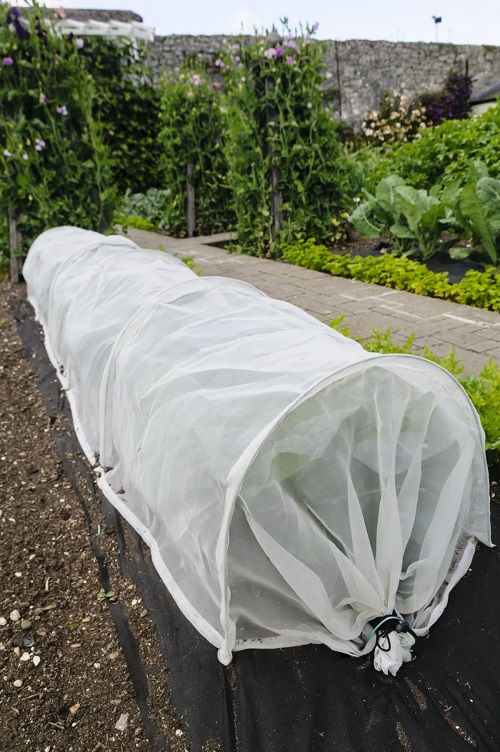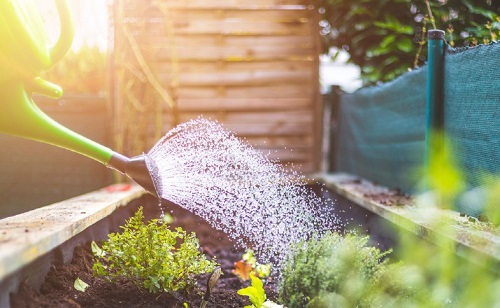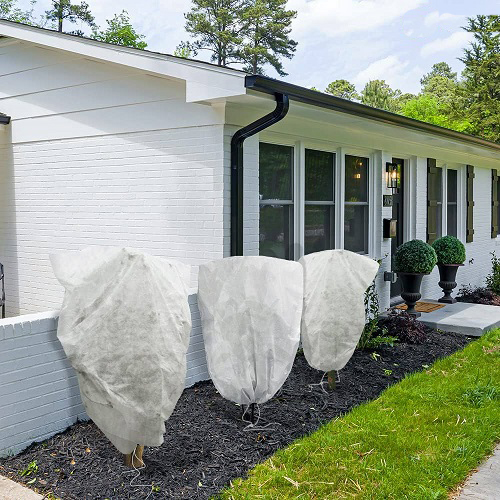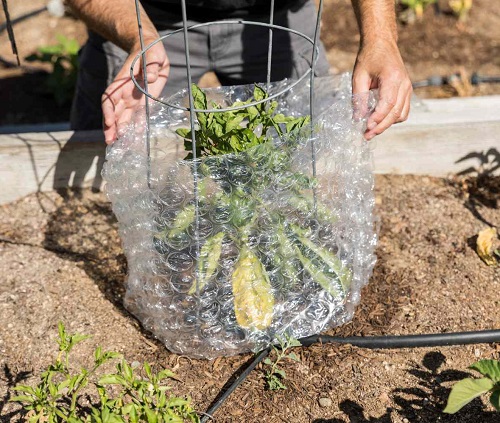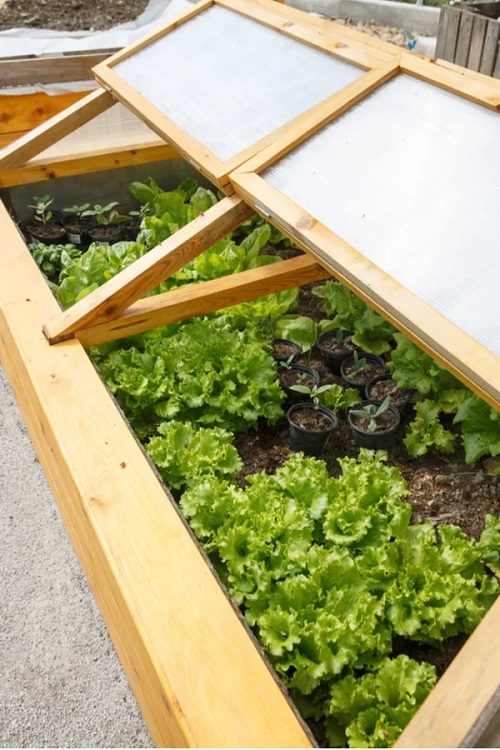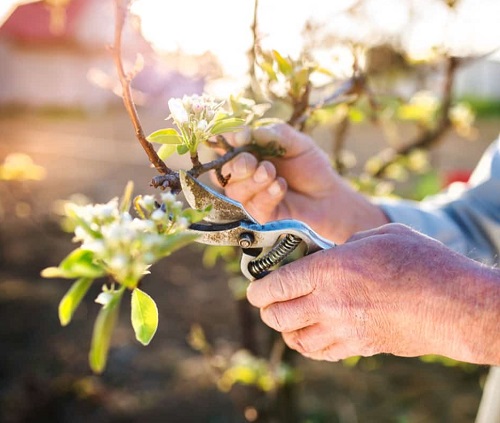Looking for the best ways on How to Protect Plants from Frost? These tips and tricks will keep your green buddies safe from cold!
Protecting your plants from frost is an important step to take before winters start to knock on your garden’s door. We’ll share some expert strategies and easy-to-implement ideas to keep your plants cozy and safe.
How to Protect Plants from Frost?
1. Apply a Layer of Mulch
Add dry mulch like chipped bark or straw around the base of the garden and potted plants. Do make sure to apply a layer of 1-2 inches. You can also go for leaf mold or piles on garden beds for extra cold protection.
2. Keep Tender Plants in a Sheltered Area
Before the winter approaches, keep plants near a south or west-facing wall for better heat absorption and radiation.
Sheltered positions like next to fences, under large evergreen trees, pergolas, or in sunny patio/courtyard areas are the best locations to keep plants extra warm.
Pro Tip: For early-flowering plants like magnolias and camellias, avoid exposing them to morning sun to prevent rapid defrosting, which may lead to blackening and bud drop.
3. Move Potted Plants Indoors
Protecting plants from frost is simple – bring them indoors! This is great if you have most of your green buddies in containers.
You can keep them in the basement, garage, porch, or frost-free greenhouse for overwintering. Just make sure they get a few hours of indirect sun exposure every day.
4. Cover With Fleece
For protecting larger garden plants and shrubs, cover them with horticultural fleece. Alternatively, you can also go for used blankets or bedsheets to create a protective layer.
Put stakes around your plants and make a tent-like structure. Weigh down the corners to prevent covers from blowing away at night, and remove them during the day.
A Tip: For a less obtrusive option, use wire netting filled with bracken or leaves to keep the cold away.
5. Water Plants in Late Morning or Early Afternoon
Your watering routine can impact how to protect plants from frost, surprisingly. Watering in the late morning or early afternoon, especially during winter or in frost risk, is ideal.
Wet soil absorbs heat during the day, providing insulation.
Discover Reasons for Brown Tips on Indoor Plants + Solutions in this Post
6. Use Cloche to Protect Plants
One effective method to shield plants is using a cloche – they are also available in plastic or other materials. Some of the best options include:
A Tip: Remove them during the day to let the plants benefit from the sun’s warmth and energy.
7. Cover the Pots and Plants with a Bubblewrap
If bringing containers indoors isn’t an option to protect plants from frost, cover them with bubble wrap, making sure some parts are open to let some air in when the sun is up.
8. Put Plants into a Cold Frame
Position plants in a winter cold frame, ensuring proper ventilation on warmer days. You can make one by bending metal rods into loops (wire coat hangers work).
Insert the loop ends into the ground on either side of a row of crops or plants, then cover with clear plastic secured in place to protect the plants underneath.
9. Use Pot Covers
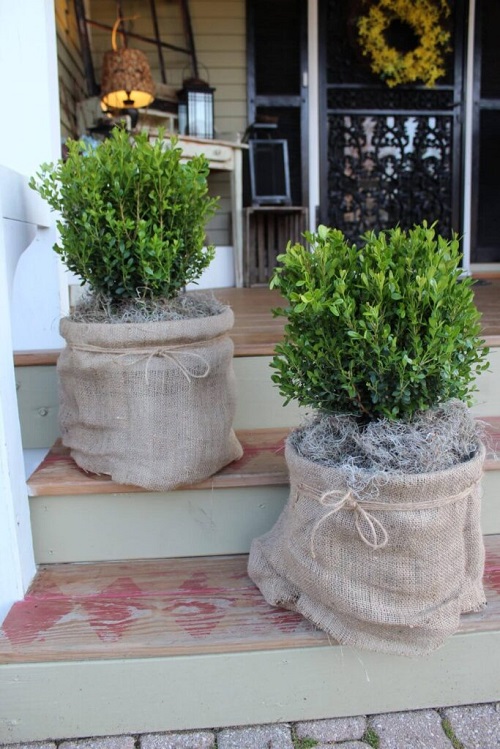
Covering pots using burlap bags or thick cloth is great for trapping the warmth, helping the outer surface of the container to be safe from frost. You can style these in different ways to make them look attractive!
10. Avoid Pruning
Pruning, before or during winter, can expose plants to harsh winter conditions, making them vulnerable to damage from frost. This exposure can lead to dieback, where the plant tissue is damaged or killed by freezing temperatures.
Winter is the time when most of the plants go into their dormant stage, and pruning during this time can interrupt this natural process, leading to stress and weakened health. Moreover, cuts made during this period heal slower, increasing the risk of infection and disease.


